By William H. Langenberg
The legendary Flying Dutchman of maritime lore was a spectral ship of disastrous portent that haunted the high seas and endangered anyone who came into contact with it. If any real-life vessel fit that description, it was the French World War II submarine Surcouf. During her abortive wartime career, Surcouf displayed all the ghostly, rumor-generating characteristics of the Flying Dutcman. To this day, whispers and innuendos follow the ill-fated sub, which disappeared without a trace 65 years ago, making her a veritable lodestone of controversy, suspicion and latent fear.
The Cruiser Submarine
Surcouf’s genesis can be traced back to the waning days of World War I, when Imperial Germany deployed three large, powerful submarine cruisers designed specifically to be commerce raiders. The three new submarines, designated U-139, U-140, and U-141, were armed with two 5.9-inch deck guns mounted fore and aft of their conning towers. These cruisers, with an extended range of over 12,000 nautical miles, were tasked with taking the war to Allied seaborne commerce, from the Atlantic coast of the United States southward into the South Atlantic as far as the Cape of Good Hope. Illustrating the importance assigned to the new vessels, U-139 was placed under the command of Kapitanleutnant Lothar Von Arnauld de la Perriere, Germany’s leading U-boat ace. Arnauld sank six Allied ships totaling over 72,000 tons during his one brief patrol with U-139 in 1918.
Germany’s successful development of U-boat cruisers did not go unnoticed by opposing Allies. Great Britain, France, and the United States all were impressed by the apparent potential for the new weapon, and commenced developing similar vessels during the 1920s. But severe funding restrictions and improved defensive measures for merchant ships rendered the new concept less effective. By the late 1930s, submarine commerce raiders clearly had become obsolete, rendered ineffective by the implementation of enemy convoys that, acting in concert, could outgun and outspeed any submarine raider. By the outbreak of World War II in September 1939, the United States and Great Britain had curtailed or abandoned their submarine commerce raider programs, partly out of fear that Japan, the rising sea power in the Pacific, might emulate the weapon if it proved successful.
The one maritime power that moved forward with development of a powerful submarine cruiser was France. After refusing to execute that part of the Washington Naval Treaty of 1922 that proposed the eventual abolition of submarine raiders, France began an aggressive construction program divided between oceangoing and coastal-type boats. Among the oceangoing submarines was Surcouf, the French Navy’s first and only cruiser submarine designed specifically for open-ocean surface raiding. Surcouf was begun in 1927 and eventually commissioned in May 1935, a lengthy period that was extended by continued revisions and additions to the sub’s design and armament.
When completed, Surcouf appeared to be a formidable vessel. She was the largest submarine in the world, displacing 3,404 tons submerged. She was 350 feet long, with a beam of over 29 feet. Powered by two 3,800-horsepower Sulzer diesel engines on the surface and two 1,700-horsepower electric motors for undersea propulsion, Surcouf had a range of 10,000 nautical miles and carried a crew of 120 men. The most formidable aspect of the vessel was her armament. She mounted two 8-inch guns in a twin turret located forward of the conning tower. Aft of the structure on deck was a watertight hangar containing a Besson/ANF Murceau MB-411 scout seaplane. The seaplane had two functions: to locate potential shipping targets over the horizon, and to spot the fall of shots from the submarine’s guns after she commenced an attack. Surcouf carried 600 rounds of 8-inch ammunition for her two guns, plus a wide optical range finder mounted high enough above the sea to give a seven-mile horizon. The giant submarine also carried a 16-foot-long motorboat and an internal compartment designed to house up to 40 prisoners. Surcouf was equipped with six external torpedo tubes, none of which could be fired when submerged. Sixteen spare torpedoes also were carried.
In the Service of the French Navy
Fittingly, Surcouf was named after France’s most famous privateer, Robert Surcouf (1773-1827). Classified as a common pirate by the British, Surcouf commanded the four-gun Creole during the 1793 war with Great Britain, capturing four British ships, breaking a blockade, and becoming a national hero. Obtaining an official letter of marque from the revolutionary government, Surcouf took over the 18-gun Clarisse, from which he captured six ships in the South Atlantic and the Indian Ocean. Switching to the 18-gun Confiance, he captured nine more British merchant ships, including the 38-gun Kent with a crew of nearly 400 men, plus a company of naval riflemen. This action made Surcouf a living legend in France and a public enemy in England, with a posted reward of five million francs for his capture. Named a baron of the empire by Napoleon in 1809, Surcouf lived out his life on the island of Mauritius, where he became a prosperous ship owner and merchant.
 After her commissioning in 1935, Surcouf was stationed at Brest, a French submarine base with open access to the Atlantic Ocean. For the next four years, Surcouf operated sporadically in the Atlantic and Mediterranean, spending the vast majority of her at-sea time on the surface. Although she remained the world’s largest submarine, Surcouf revealed several serious problems in design and safety. The boat was cumbersome, rolling alarmingly in heavy seas, and her diesel engines were unreliable. She also leaked continuously through and around the gun turrets. Most serious was her slow diving time, which required four or five times as long to submerge to periscope depth as smaller, conventional submarines. Lacking radar, Surcouf was vulnerable to attacks from the air.
After her commissioning in 1935, Surcouf was stationed at Brest, a French submarine base with open access to the Atlantic Ocean. For the next four years, Surcouf operated sporadically in the Atlantic and Mediterranean, spending the vast majority of her at-sea time on the surface. Although she remained the world’s largest submarine, Surcouf revealed several serious problems in design and safety. The boat was cumbersome, rolling alarmingly in heavy seas, and her diesel engines were unreliable. She also leaked continuously through and around the gun turrets. Most serious was her slow diving time, which required four or five times as long to submerge to periscope depth as smaller, conventional submarines. Lacking radar, Surcouf was vulnerable to attacks from the air.
With the fall of France to Nazi Germany in June 1940, Surcouf’s crew faced a confusing political situation. Many crewmen had divergent loyalties, and all feared that their families or friends remaining in France might be badly treated by the occupying Germans if Surcouf threw in with the Royal Navy. Her crew members might also be treated as traitors when they returned to France, which now had a collaborationist government based at Vichy. On June 15, Surcouf’s commanding officer, Captain Paul Martin, was warned that Brest would be captured by the Germans within three days. Acting promptly, Martin sailed Surcouf toward the British naval base at Plymouth, docking five days later alongside the French battleship Paris.
After an incident with British boarders, Surcouf’s crew was given the option of repatriation to France or returning to their submarine under the aegis of the new Free French navy. Only 16 officers and men opted to serve aboard Surcouf; Captain Martin chose repatriation. Captain Pierre Ortoli, second senior officer in the Free French navy, was named Surcouf’s new commander. His executive officer was Lt. Cmdr. Louis Blaison, a holdover from the former crew. The remainder of the sub’s new crew was recruited from French naval officers and sailors stranded in England, many of whom, like Ortoli himself, had little or no prior training in submarines.
A Troublesome Ship and Crew
The question arose in the British Admiralty of what to do with Surcouf. Initially, the submarine was the responsibility of the Royal Navy Vice Admiral Max Horton, who was the navy’s flag officer for submarines. Horton concurred with dockyard experts at Plymouth that Surcouf was essentially useless as an effective combat vessel, but Free French leader Charles de Gaulle insisted that the sub be sent to sea as a symbol of French greatness. Unwilling to overrule de Gaulle, British Prime Minister Winston Churchill instructed Horton to keep the vessel on active service.
Led by an inexperienced commanding officer and an equally unprepared crew, Surcouf readied for combat. On November 30, 1940, Horton ordered Surcouf north to the Royal Navy training base in the Clyde region of Scotland. Surcouf spent less than two weeks training, insufficient time for a ship burdened by eight months of enforced idleness and an essentially novice crew and commander. Horton, still convinced that Surcouf was unfit to operate in cruiser mode, decided to send her to Canada to operate as a convoy escort in the western Atlantic, where there would be no threat from German air attacks. Surcouf duly departed Clyde for Halifax, Nova Scotia, on February 19, 1941, arriving six days behind schedule and spending nearly a month in port for additional repairs. Ortoli exacerbated tensions between the crew and their hosts by forcing the men to live onboard their crowded submarine while in port, sparking rumors of aloofness about the crew.
Surcouf finally joined an easterly bound convoy on April 1 as an escort vessel. The ship became a target for malicious rumors among other sailors, who suggested that she was more a threat than a protective escort. Horton eventually ordered Surcouf to break away from the convoy and proceed to Devonport naval yard at Plymouth. German warplanes attacked Plymouth soon afterward, and Surcouf suffered one man killed and six injured. The Besson float plane and motorboat were damaged and removed from the submarine, never to return. Surcouf’s crew, still forced to live in crowded conditions aboard ship, became even more divided and depressed by events.
Still confronted with the task of creating a viable mission for the submarine, Horton decided to send Surcouf to the South Atlantic, a region largely devoid of hostile enemy aircraft but one in which German surface raiders were sinking Allied merchant ships. He reasoned that Surcouf might actually sink one of the raiders with her superior firepower, thus quelling rumors about her mixed loyalty. Accordingly, Surcouf sailed for Bermuda on May 14, arriving a month later. She departed from Bermuda for her first war patrol on June 30. The effort was a complete disaster. Three major electrical failures ensued aboard ship, compounded by a fire in the switch gear room and an incomprehensible dive with the conning tower hatch improperly closed, which resulted in flooding and the release of chlorine gas within the pressure hull. Surcouf limped back to Bermuda on July 20.
The United States Navy granted Surcouf priority to receive a complete overhaul at Portsmouth Naval Shipyard in New Hampshire. The submarine sailed from Bermuda on July 25, arriving at Portsmouth three days later. It soon became obvious that the ship required a total refitting, one that would require more money than her original building cost. Meanwhile, morale among the crew was adversely affected at Portsmouth. The United States had not yet entered the war, and Republican-dominated New Hampshire remained a stronghold for isolationism. In nearby Canada, there was a strong pro-Vichy movement, exacerbated by rumors that American President Franklin Roosevelt did not like or trust Charles de Gaulle. Ortoli was removed from command and replaced by Blaison, and Surcouf returned to Bermuda, only to sail back to Halifax on December 7. During the return voyage, Surcouf encountered the Norwegian tanker Atlantic, and the sub’s behavior was so bizarre that Atlantic broadcast a distress call, claiming that she was under attack by a large submarine flying the French flag. The misunderstanding was explained away as Blaison not knowing or executing proper procedures to stop and question a neutral merchant ship, but rumors continued to fly about which side of the war the submarine was really on.
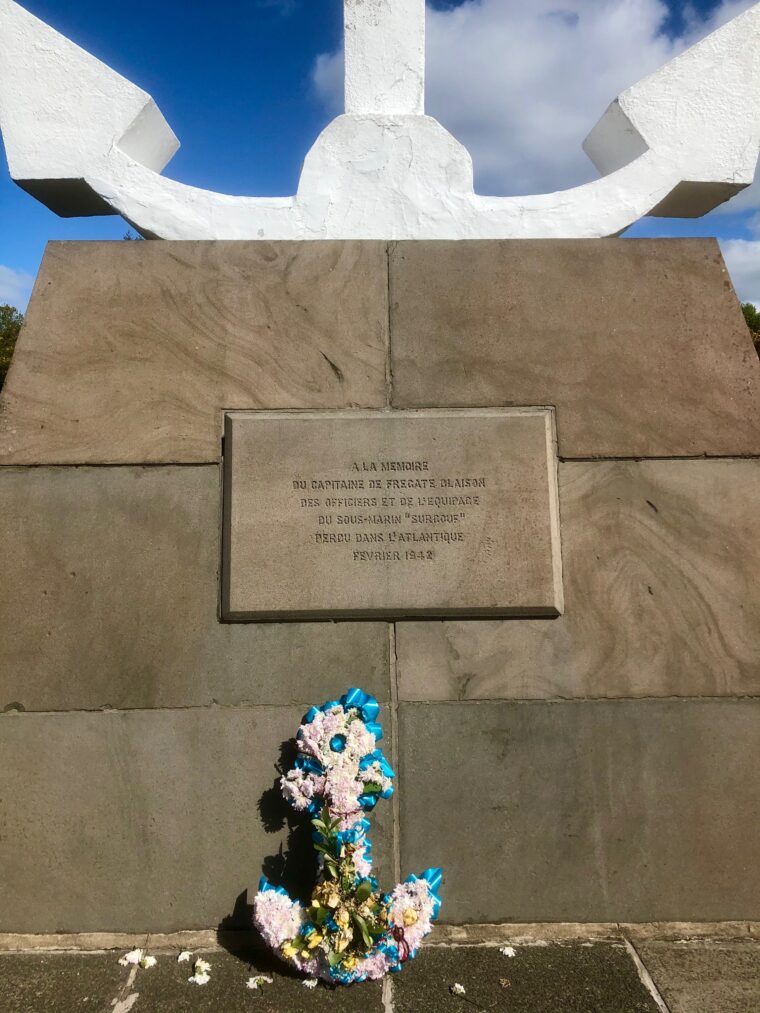 While at Halifax, Surcouf took part in the controversial Free French invasion of two small islands under Vichy control 12 miles south of Newfoundland. Saint Pierre and Miquelon were important because they lay just off the mouth of the St. Lawrence River, near the point where Allied convoys assembled. The invasion was a near-bloodless success, but one that antagonized both Great Britain and the United States and cast Surcouf increasingly as a rogue submarine. The rumor mill came alive with stories that Surcouf had shelled an American destroyer in the area, supposedly killing two American sailors. Such tales only added to the ship’s reputation as an untrustworthy ally, but Roosevelt classified the occupation of the islands as “a tempest in a teapot” and moved on with his conduct of the war.
While at Halifax, Surcouf took part in the controversial Free French invasion of two small islands under Vichy control 12 miles south of Newfoundland. Saint Pierre and Miquelon were important because they lay just off the mouth of the St. Lawrence River, near the point where Allied convoys assembled. The invasion was a near-bloodless success, but one that antagonized both Great Britain and the United States and cast Surcouf increasingly as a rogue submarine. The rumor mill came alive with stories that Surcouf had shelled an American destroyer in the area, supposedly killing two American sailors. Such tales only added to the ship’s reputation as an untrustworthy ally, but Roosevelt classified the occupation of the islands as “a tempest in a teapot” and moved on with his conduct of the war.
Surcouf sailed from Halifax to Bermuda on February 3, 1942, arriving four days later. British Admiral Sir Charles Kennedy-Purvis sent Horton a top-secret message stating that Surcouf “is of no operational value and is little short of a menace.” British intelligence officers reported that over half of the ship’s crew was pro-Vichy and could not be trusted to serve the Allied war effort. Horton concurred, directing Surcouf to sail from Bermuda to French-controlled Tahiti, where her 8-inch guns might be effective in defending the islands against a possible Japanese invasion, and her loyalty—or lack thereof—might not be so striking.
The submarine departed Bermuda for Colon, en route to Tahiti, on February 12, sailing unescorted through an area now active with German U-boats. Because Surcouf had only one operational electric motor necessary for underwater propulsion, she was forced to steam on the surface, using just one of her two propellers and limited to a speed of 10 knots. In keeping with her previous suspicious behavior and rumors, the submarine never arrived at Colon. No distress message was received from Surcouf after she departed Bermuda, and no trace of her ever was found.
Theories Behind the Disappearance
What had happened to the now-notorious submarine? A convincing case can be made that Surcouf was lost after a collision at sea with the U.S. merchant freighter Thompson Lykes on the night of February 18. Under charter by the U.S. Army, Thompson Lykes had departed Colon bound for Guantanamo Bay, Cuba, that afternoon. At 11:28 pm, her crow’s-nest lookout reported seeing a white light one point off her starboard bow. Shortly afterward, the light appeared dead ahead, and before the rudder could be shifted to full right, Thompson Lykes struck something squarely in the water. The impact was followed a few seconds later by a loud explosion and a sheet of flame on both sides of the merchant ship’s bow. Captain Henry Johnson burst onto the bridge and turned on the ship’s navigation lights, activated a searchlight, and brought his vessel around to pass through the impact point in search of survivors. There was nothing at the scene but the smell of oil. No survivors or wreckage of any kind came to the surface.
Crew members and U.S. Army passengers aboard Thompson Lykes reported that they had seen something long and cigar-shaped pass down the freighter’s port side and disappear into the darkness astern. Thompson Lykes remained searching the area until 10:45 the next morning, when she was relieved by a U.S. Navy destroyer and returned to Colon for repairs. A subsequent Coast Guard inquiry concluded that the collision between Thompson Lykes and the unknown other vessel was purely accidental, asserting that “the collision was caused by the operation of two vessels on intersecting courses, without lights due to the exigencies of war.”
Unsurprisingly, Surcouf’s mysterious disappearance fueled rumors that the sub had been deliberately sunk by the British or Americans. Such tales rested on the premise that the Surcouf’s crew was loyal to the Vichy government and had taken over the ship during or after her last stop in Bermuda. One variation on the theory alleged that at least one of Surcouf’s officers was a Nazi submariner, fluent in French, who had infiltrated the submarine during her recruiting efforts in Great Britain. The British supposedly became privy to the situation and placed two mines on the exterior of Surcouf’s hull, set to detonate in deep water. A still unexplained letter from FBI director J. Edgar Hoover to the director of naval intelligence in Washington, dated March 12, 1942, asserted that according to a “highly confidential source,” Surcouf had been sunk off the island of Martinique on March 3.
Speculation continued to run rampant on Bermuda and elsewhere following Surcouf’s disappearance. One rumor asserted that Surcouf had attempted to torpedo the huge Allied troop carrier Queen Mary as she departed Boston. According to another tale, the sub was observed refueling a German U-boat and was promptly sunk by the American experimental submarines Marlin and Mackerel or by a Coast Guard blimp. Further departing from the realm of reality, other tales asserted that Surcouf was lost in the infamous Bermuda Triangle or sunk in Long Island Sound while carrying a huge cargo of French government gold in her large prisoner compound. Famed French aquanaut Jacques Cousteau was said to have located and dived on the wreck site in 1967, but he remained unaccountably silent about his findings.
No documentation or evidence has ever been discovered to confirm any of the foregoing tales, although one verifiable event detailed the bombing and sinking of a “very large” submarine lying low in the water by the U.S. 3rd Bombardment Squadron operating out of Rio Hato airfield in Panama at 9 am on February 19, 1942. Coming one day after Thompson Lykes had collided with an unidentified vessel at sea, the bombed submarine conceivably could have been the mortally damaged Surcouf. Why she would have been bombed by American planes was left unexplained.
An object of rumor, speculation, and conjecture while she was afloat, Surcouf continues to arouse speculation today, 65 years after her disappearance. Neither the sub nor any member of her crew has been seen since the winter of 1942, fueling her unwanted but unavoidable reputation as the true Flying Dutchman of World War II.
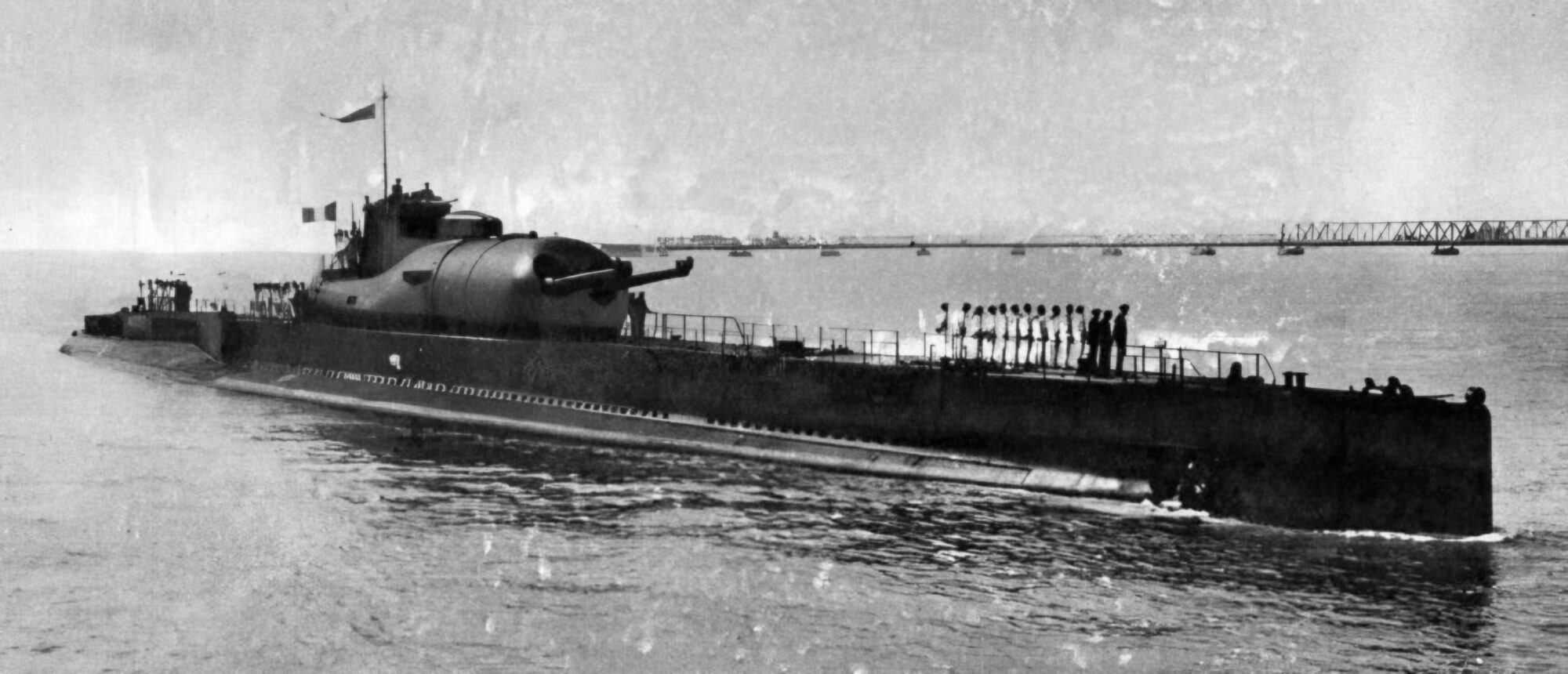

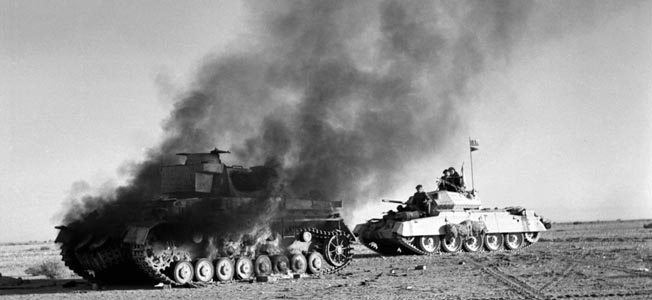

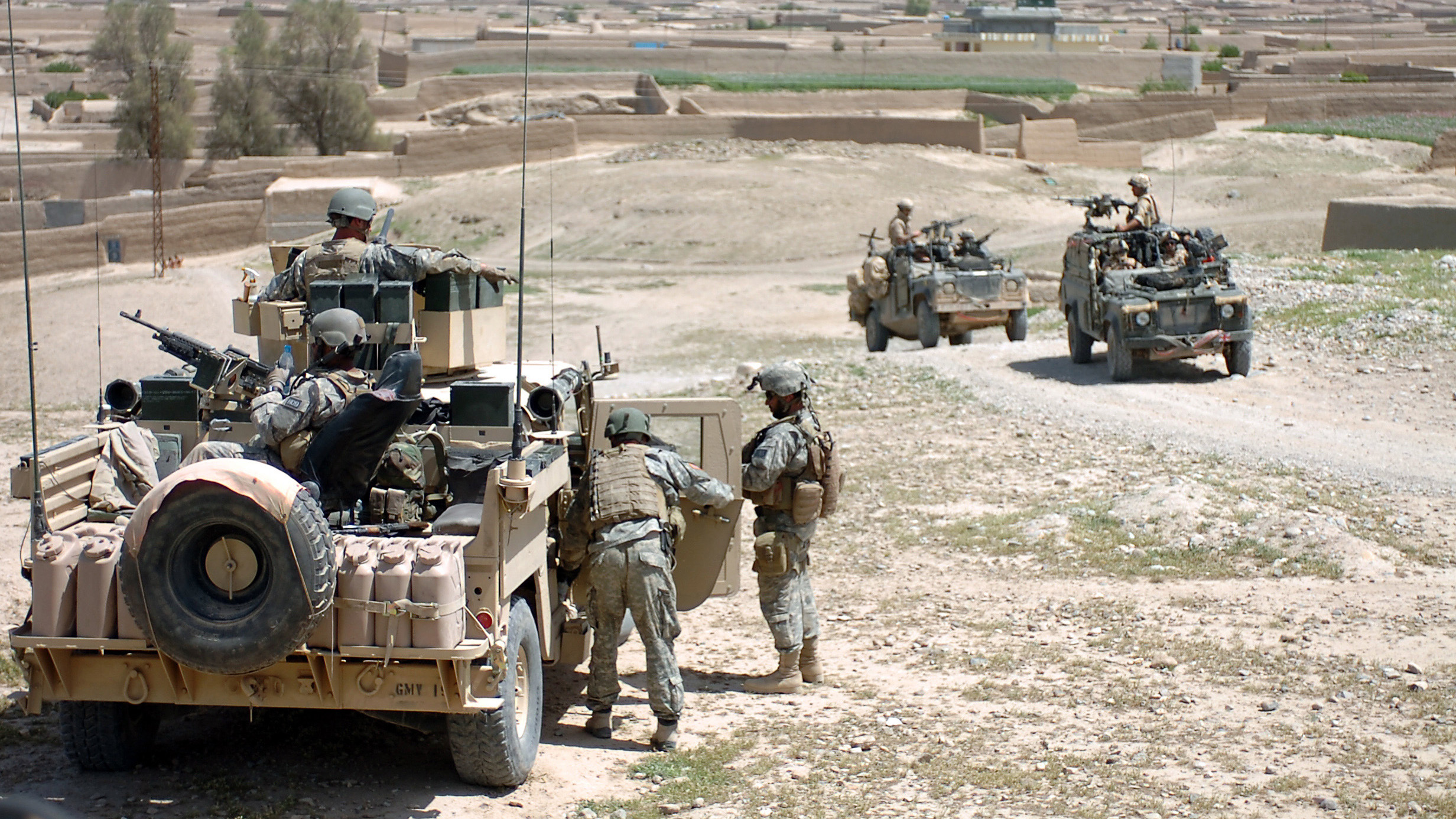
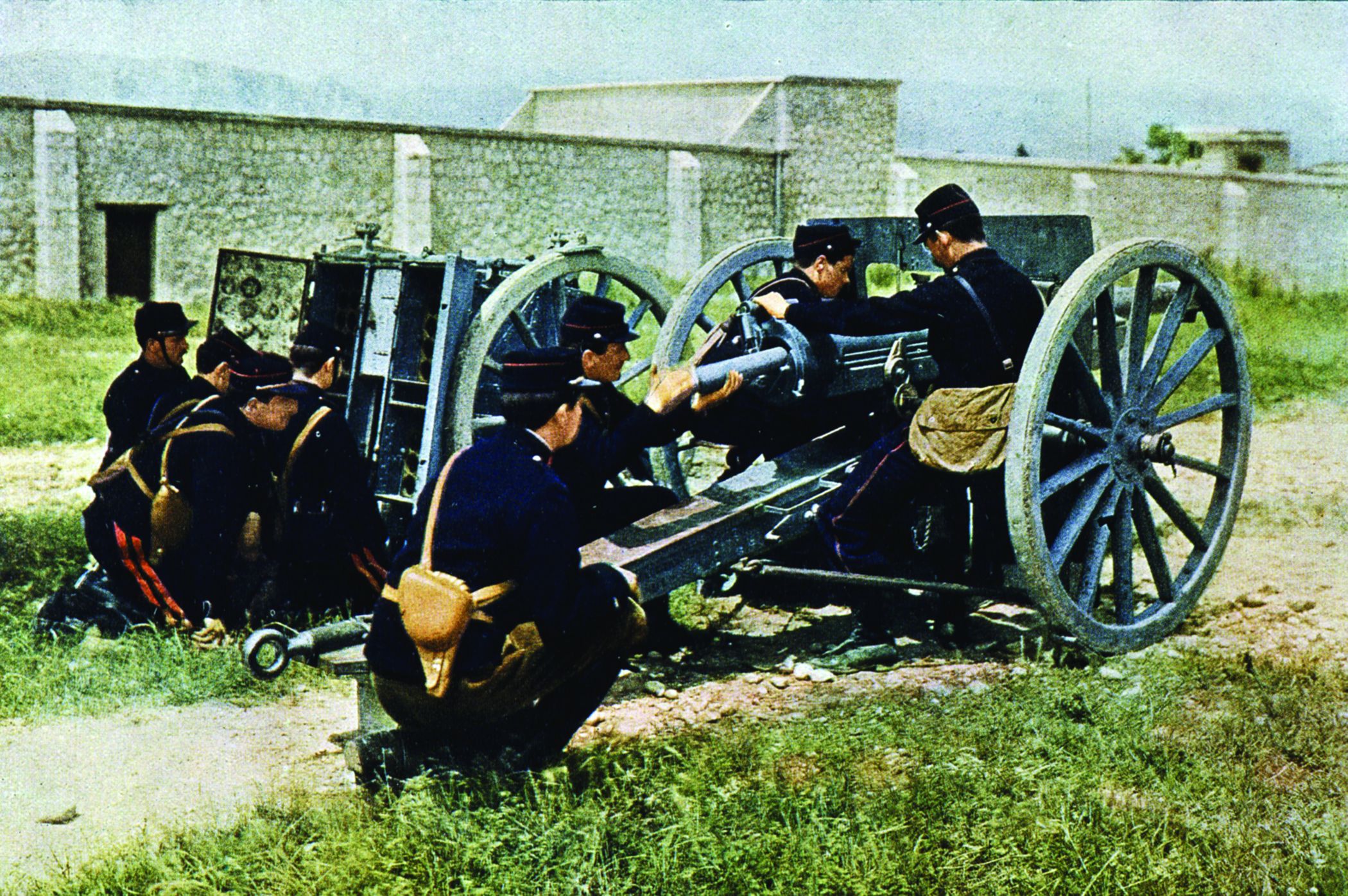
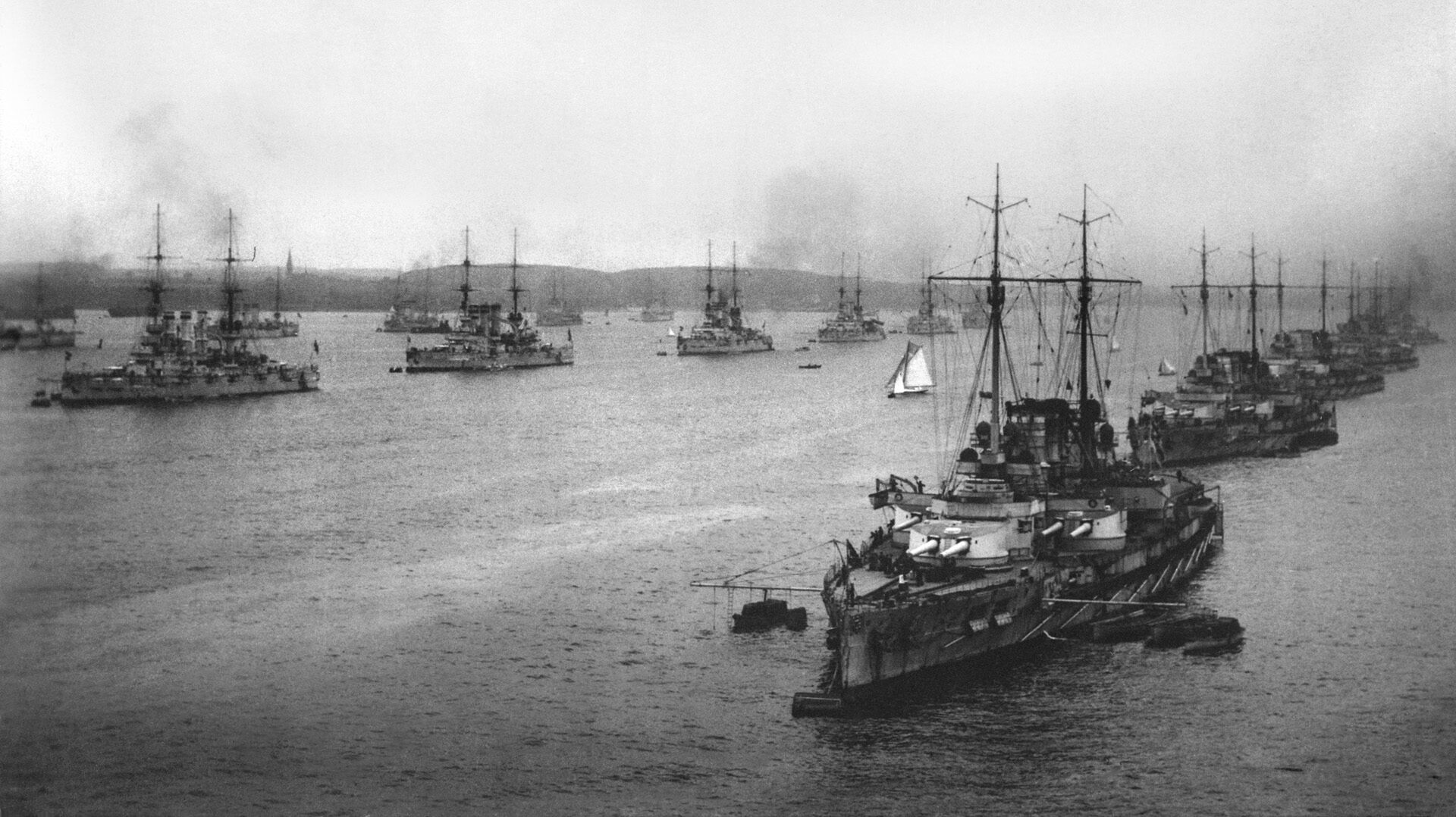
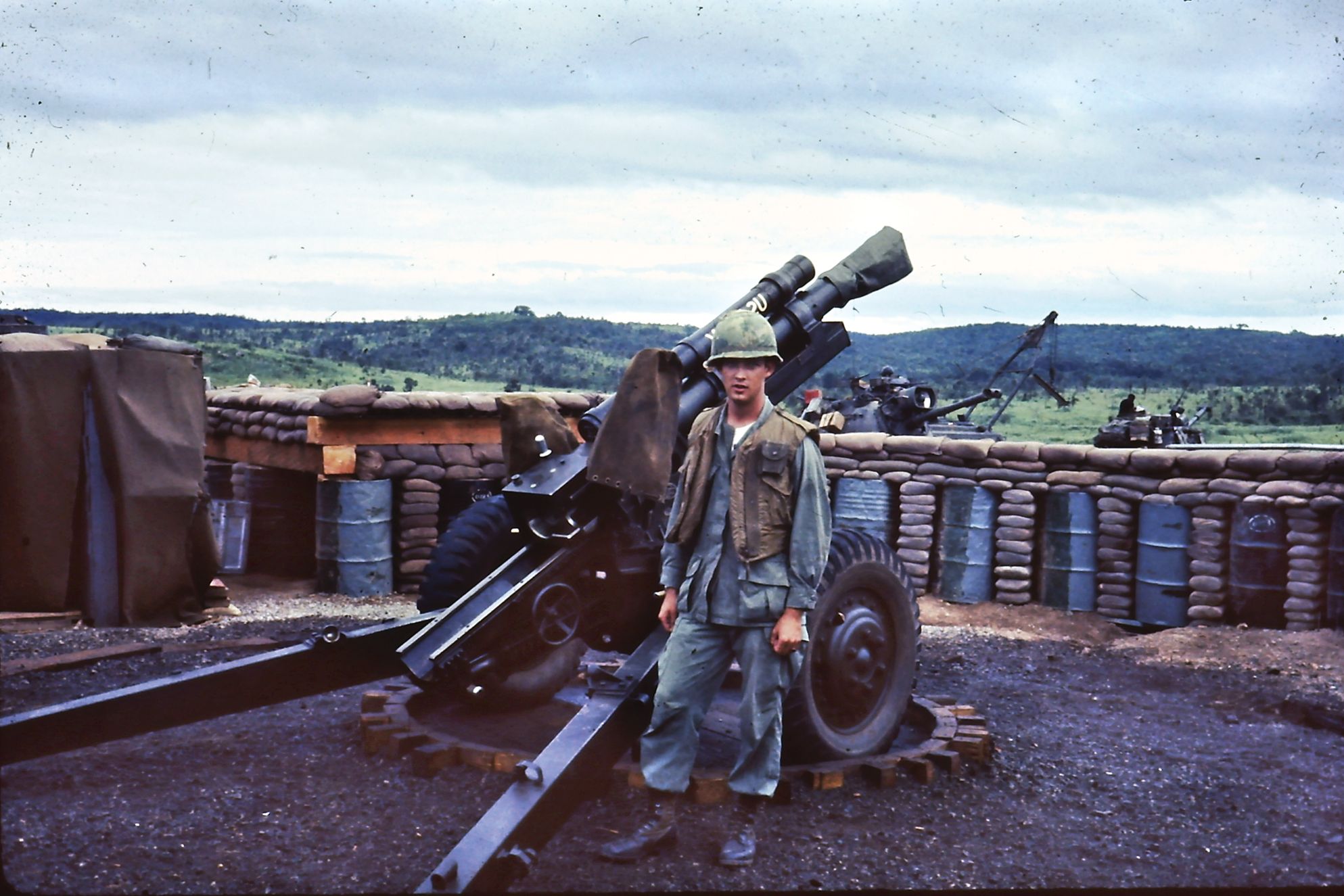
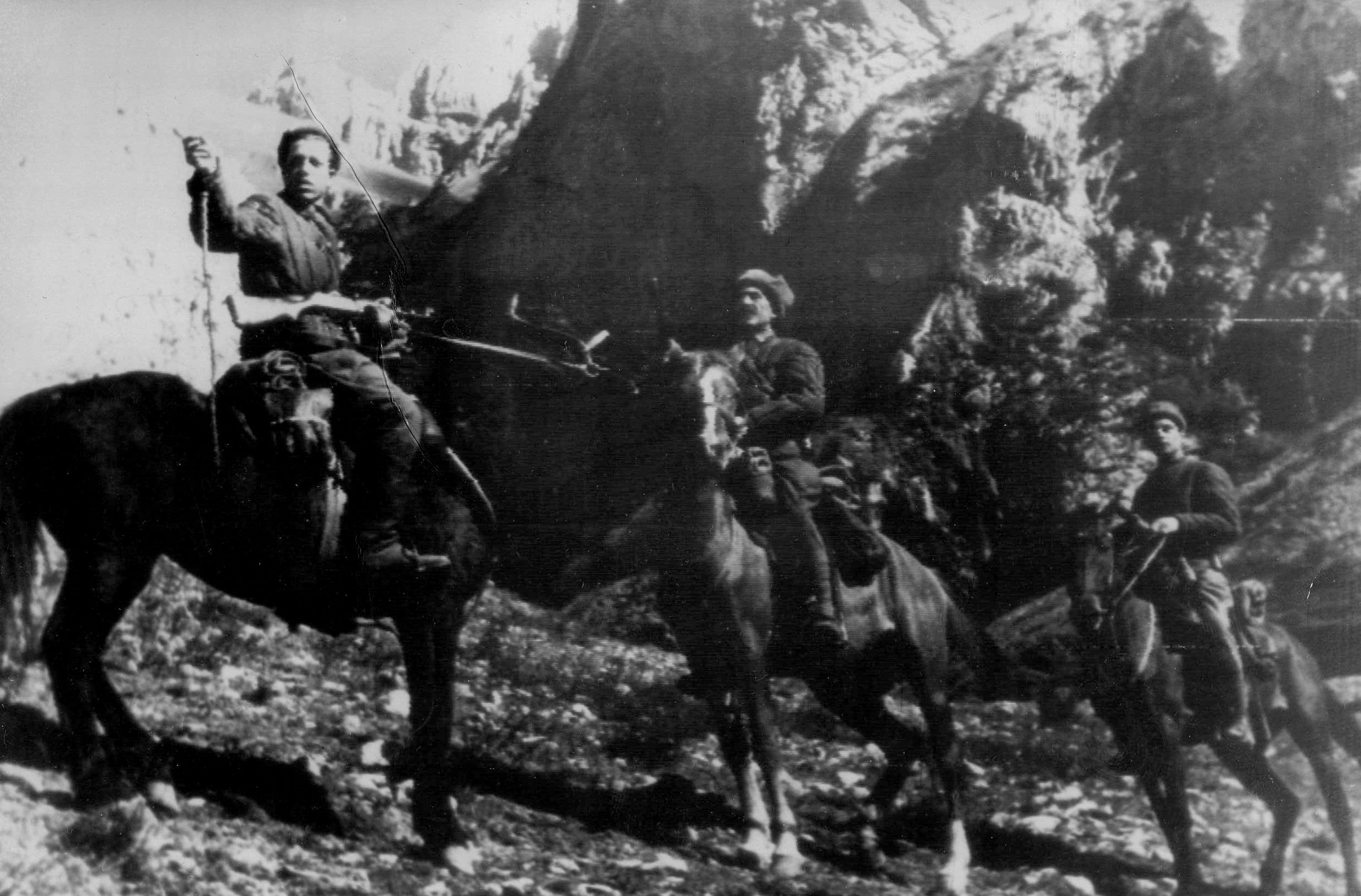
Its a long time since I read Douglas Reman’s novels, but one of his featured a French submarine, similar to Surcouf which was seized by the British and used, rather more successfully by the Royal Navy. Can’t remember any more about the story, but someone’s sure to.
None of the giant submarines seem to have had much luck – the Royal Navy had two fitted with very heavy guns which were intended as submersible monitors. One was lost in collision with another ship and the other, having had its gun turret converted into a seaplane hangar, was lost in the English Channel when the hangar door was stove in during a storm. I believe it is now a regular diving subject, being fairly accessible.